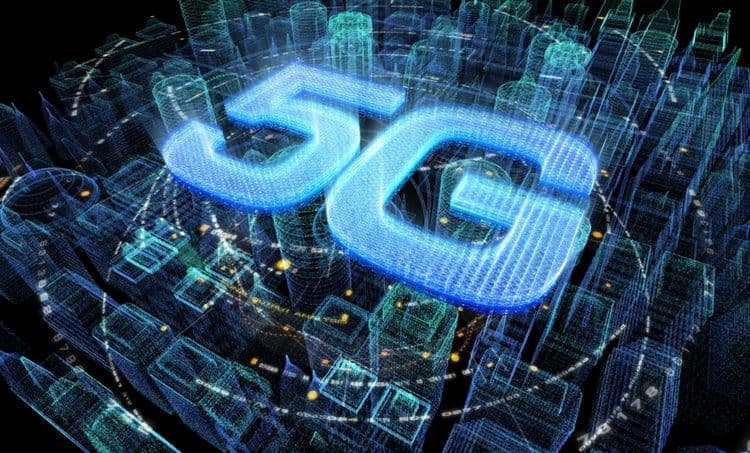- $Massive MIMO: Massive MIMO uses a large number of antennas (typically hundreds or even thousands) at the base station to transmit and receive signals. This allows the base station to create multiple beams of radio waves, which can be focused in the direction of different users. This helps to improve the signal strength and quality, especially in areas with a lot of users.
Increased signal strength: The large number of antennas at the base station allows for more signal power to be concentrated in the direction of the user. This helps to improve the signal strength, especially in areas with a lot of users or where the signal is attenuated by walls or other obstacles.
Reduced interference: This helps to improve the quality of the signal and the overall user experience.
Spatial multiplexing: This is done by using the different antennas to create separate beams for each user. This helps to improve the capacity of the network and allows more users to be served in the same area.
- $Beamforming:Beamforming is a technique that focuses the radio waves from the base station in the direction of the user. This helps to reduce interference and improve the signal strength. Beamforming can be used with any type of antenna, but it is most effective with massive MIMO antennas.
Beamforming can also be used to improve the coverage of lower-frequency bands. Lower-frequency bands have longer wavelengths, which means they can penetrate walls better than higher-frequency bands… Beamforming can help to improve the data rates of lower-frequency bands by focusing the radio waves in the direction of the user.
For example,a base station with 10 antennas can create 10 different beams. These beams can be focused on different users, or they can be focused in a single direction to improve the coverage of a particular area.
-
$Small cells: Small cells are small, low-power base stations that can be deployed indoors to provide better coverage. They are often used in conjunction with other technologies, such as massive MIMO and beamforming, to improve the performance of 5G networks.
In a shopping mall:
In a stadium:
In an office building: -
$DAS (Distributed Antenna System): A DAS is a system that uses a network of antennas to distribute the signal throughout a building. This can be helpful in improving coverage in areas with poor signal reception, such as basements and stairwells.
Increased signal strength: By distributing the signal from a central location to multiple antennas, DAS can significantly increase the signal strength in areas with poor reception. This makes it possible for users to make calls and use data services even in basements and stairwells.
Reduced interference: This is because the signal from the DAS antennas is more focused and less likely to be blocked by walls and other obstructions.
Improved capacity: The multiple antennas can support more users at the same time.
- $mmWave (millimeter wave): Millimeter wave is a high-frequency band that can provide very high data rates, but it does not penetrate walls well. It is often used in conjunction with other technologies, such as massive MIMO and beamforming, to improve indoor coverage.
mmWave signals can also be used in conjunction with other technologies, such as massive MIMO, to improve indoor coverage. Massive MIMO uses a large number of antennas at the base station to transmit and receive signals, which helps to improve the signal strength and quality. This can be helpful in areas where mmWave signals are not able to penetrate walls well.
LinkedIn: ![]()
